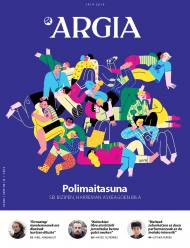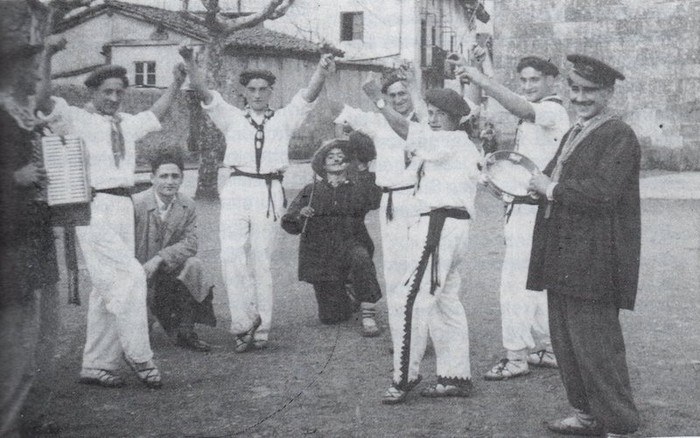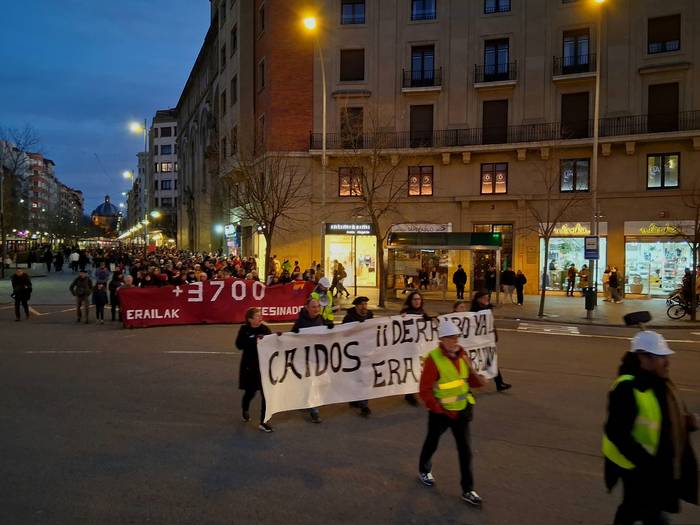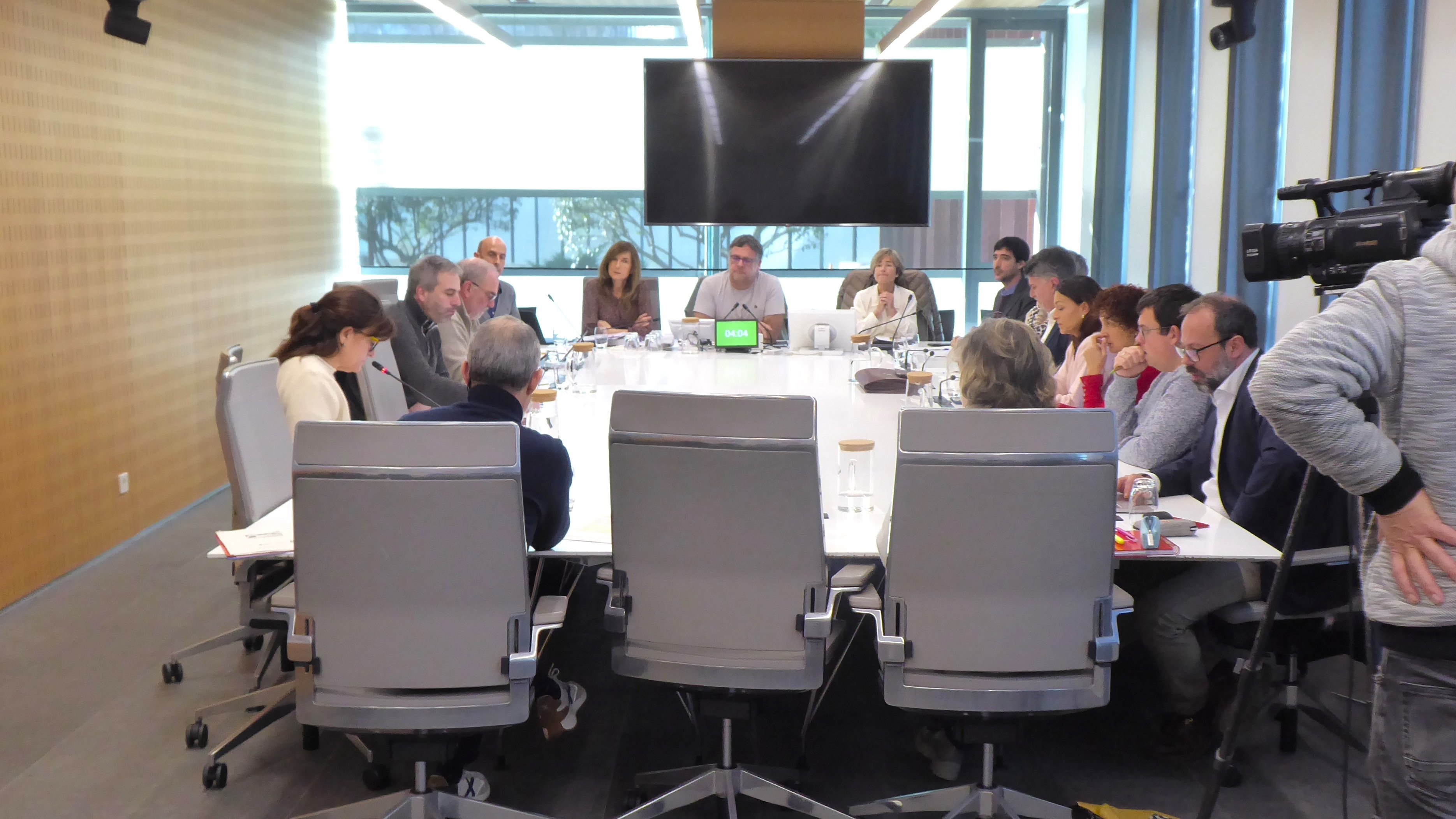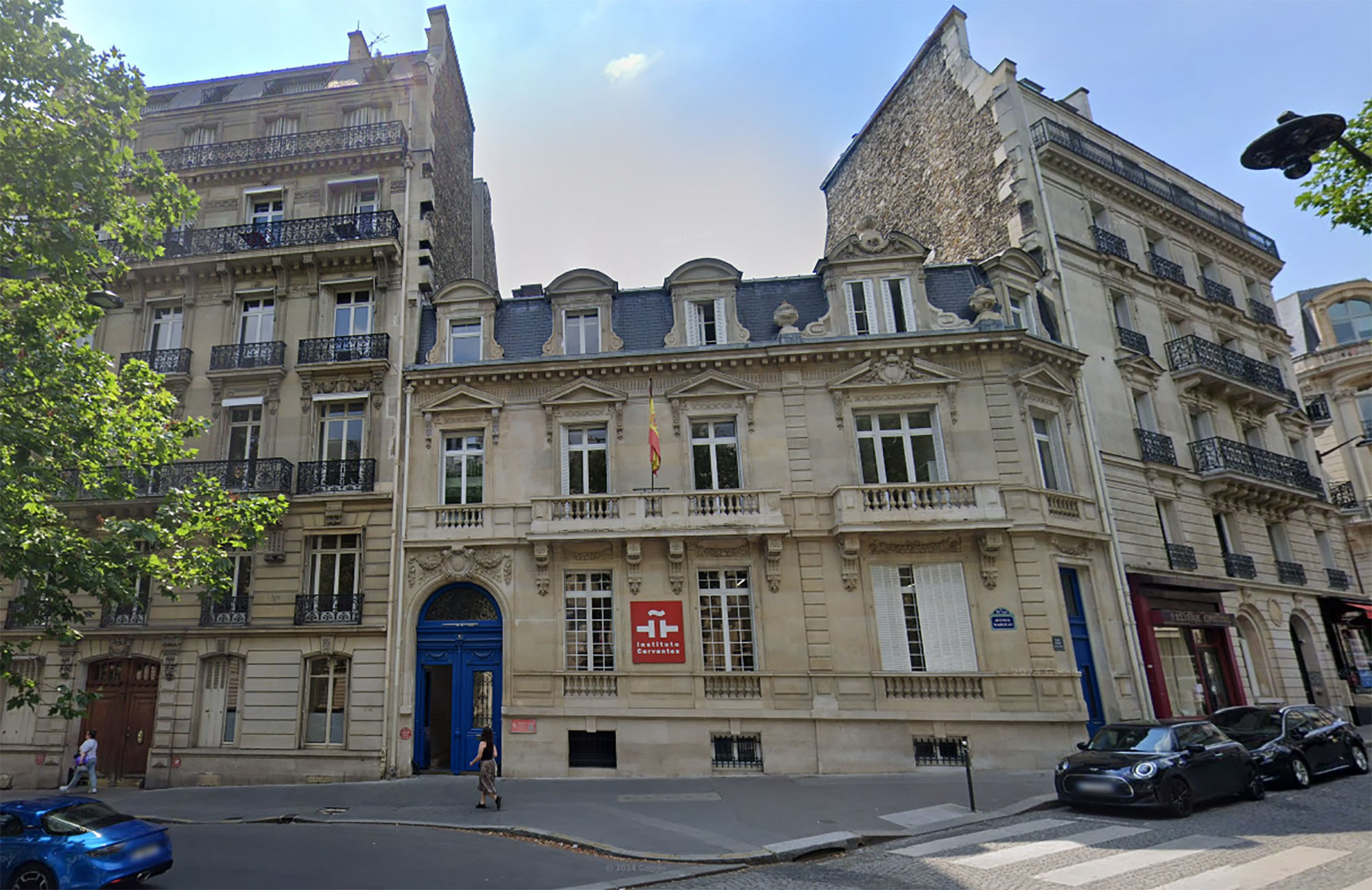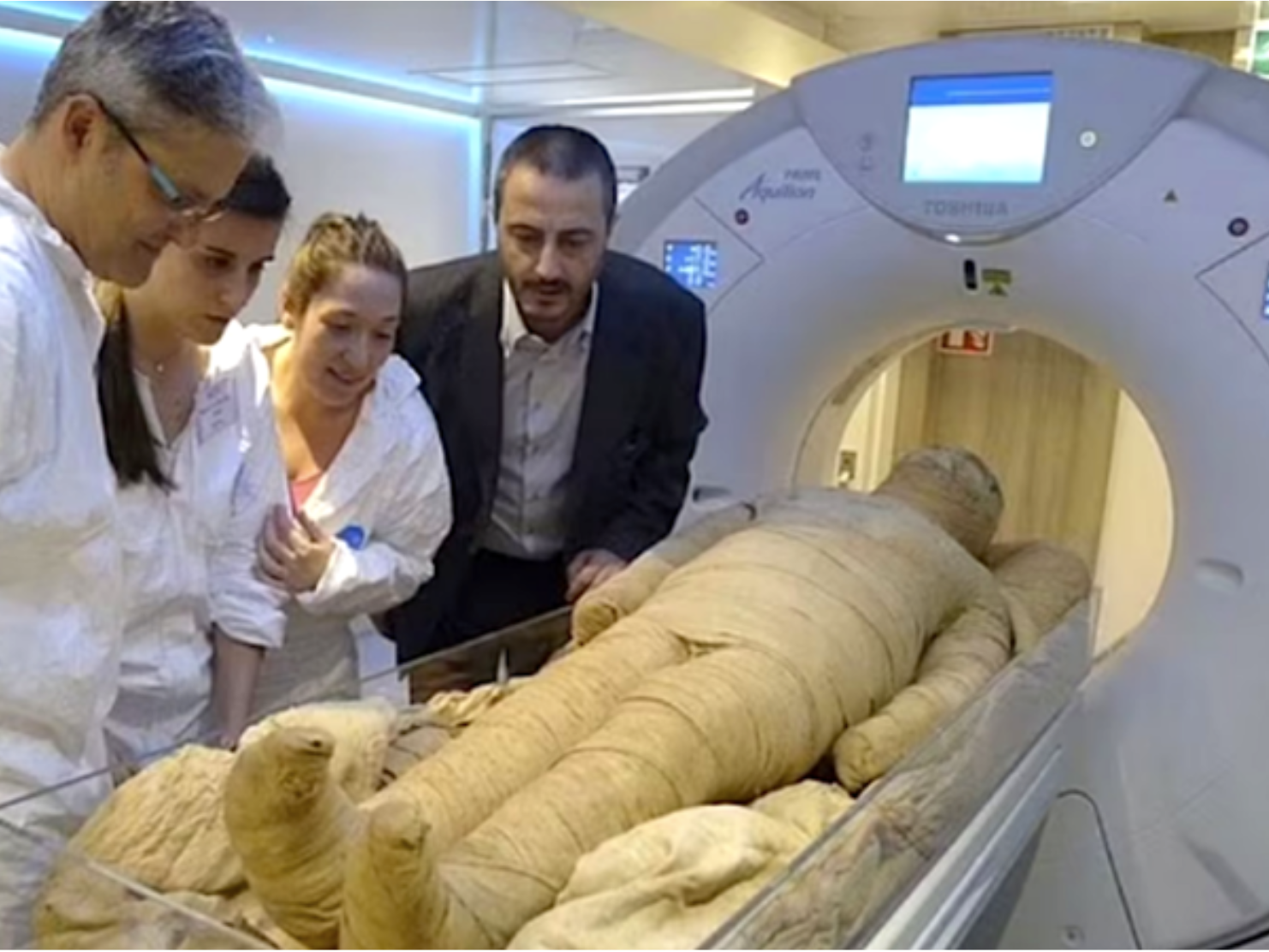From yesterday's Ensanche to tomorrow's Metropoli
- We can think that the personality of Hondarribia throughout history has hardly changed, that it has always been a people in which we have lived baserritarras, kaletarras and fishermen, with our ups and downs. In fact, this scheme is still very much mentioned today when we talk about the constitution of our people. This has been the case for centuries, but in recent decades this scheme is changing.

With the change of identity, city design and urbanism have also been changing. From the Middle Ages to the Renaissance, Hondarribia’s economy focused on trade, the sea and the farmhouses. In the sixteenth century, due to the war situation in Europe, it became a fortress and military and civil servants lived in the service of the crown.
In the 17th century, after the collapse of trade and the loss of strategic value, the military left the city, forgetting the glorious wars of the past and becoming a fishing and peasant people. But this model wasn't valid for the local elite, and it decided to recast the city, radically changing its primary function. This led to the idea of turning Hondarribia into a summer tourist destination. To do so, the possibility of opening from the historical center was discarded and the fishermen's neighborhood was chosen as the starting point for the development of the city. The important colony of warlords formed by aristocrats, politicians, businessmen and high-level officials – many Madrid people – pushed the city to continue along this path, and in the last decades of the 19th century the first widening, that of the architect Aginaga, was planned.
In 1914, the second enlargement began, according to the project of the Iraqi architect José Ángel Fernández de Casadevante. This project was a continuation of the previous widening, both conceptual, thought for the high-level landowners, as well as architectural, that followed the model of the landscaped city. At the time of the dictatorship of Primo de Rivera and the arrival of Mayor Francisco Sagartzazu to the great tourist city, the nightmares moved to the end, but with the arrival of the Republic and the serious situation of the municipal treasury, the pretensions of Sagartzazu faded.
After the war, the same instruction was maintained, and with the return of Sagartzazu, the projects resumed. However, the intentions at the time were much more modest, as the political and economic situation did not help the aspirations of the mayor of yesteryear. Thus, they created a new space for middle-class summers: The esplanade of Campiña or Akartegi, designed in its day by the architect Muguruza Otaño, former friend of Sagartzazu.
The three municipalities located opposite the Txingudi estuary (Hondarribia, Irun and Hendaya) are forming an urban unit. In total, they are about 100,000 inhabitants, a figure that increases considerably in summer.
According to the trend of recent years, the population of Gipuzkoa is moving from the interior of the province to the coast. This movement is not homogeneous, it does not move in the same proportion those of any class. Higher classes are easier to transfer to the coast, as their life is more expensive and the job offer is only in the tertiary sector, linked to tourism. Among middle-class people, the tendency to the coast has also increased, and as the interior of the province is emptied, the population on the coast is increasing.
In the case of Hondarribia, it is evident that it is a friendly and privileged place to live – it has sea, nature, near San Sebastian, along with Lapurdi – and has therefore attracted many inhabitants. Specifically, 60% of them were not born in the Gipuzkoa locality, and this index is one of the highest in Gipuzkoa.
The fisheries sector is falling, and fewer and fewer people are working on it. In the 1990s, in the time of the fat cows, many fishermen left the sea and went to work on land. This has also greatly influenced the lives of the people. Before, the world of fishing was much more homogeneous, almost endogamic, the whole family either lived out of the sea or had a close relationship with it. Today, however, that is about to disappear: the fisheries sector is not so closed; the world of fishermen, unlike the centuries, is not separated; they no longer all live in the same neighborhood, have dispersed and live among others, somehow losing their identity; they no longer marry each other, as before; and, consequently, current couples are very heterogeneous.
The agricultural and livestock world was lost quite a few years ago in this area, the herds have long since not grazed in the pastures of Jaizkibel and there are only a few farms left; a few have been transformed into the industrial world, others have become rural houses, and most are chalets or homes.
Jobs created by tourism are not very attractive; working hours, wages and working conditions drive workers away, only those who have no education or are in a critical economic situation, i.e. migrants, students or temporary workers.
So what is the future of Hondarribia from the sociological and urban point of view? In this liquid world, where changes happen more and more quickly, you have to be naive or very brave to make the cabals. I should just like to refer to the comments made in the official documents. For example, the General Urban Management Plan approved by the City of Hondarribia in 2016 states the following: “The three municipalities located opposite the Txingudi estuary (Hondarribia, Irun and Hendaia) are clearly constituting an increasingly integrated, functional and sociological urban unit.” In total, the population is around 100,000 inhabitants, which increases considerably during the summer. According to the General Plan, there is an increasing need to “make compatible” the urban projects of the three municipalities, both physically – roads, structures – and functionally – productive and commercial activities, public transport and mobility. It is the territorial area in which residential development approaches and proposals for new spaces for economic activities that we have been hearing for a long time, but which are not materialized, at least in our country.
Our politicians and technicians represent our environment as a metropolis, and it seems that it takes that path, but, about thirty years ago, did anyone imagine that the fishermen of the people would be of African origin?
Archaeologists have discovered more than 600 engraved stones at the Vasagård site in Denmark. According to the results of the data, dating back to 4,900 years ago, it is also known that a violent eruption of a volcano occurred in Alaska at that time. The effects of this... [+]
Vietnam, February 7, 1965. The U.S. Air Force first used napalma against the civilian population. It was not the first time that gelatinous gasoline was used. It began to be launched with bombs during World War II and, in Vietnam itself, it was used during the Indochina War in... [+]
I just saw a series from another sad detective. All the plots take place on a remote island in Scotland. You know how these fictions work: many dead, ordinary people but not so many, and the dark green landscape. This time it reminded me of a trip I made to the Scottish... [+]
Japan, 8th century. In the middle of the Nara Era they began to use the term furoshiki, but until the Edo Era (XVII-XIX. the 20th century) did not spread. Furoshiki is the art of collecting objects in ovens, but its etymology makes its origin clear: furo means bath and shiki... [+]
In an Egyptian mummy of 3,300 years ago, traces of Yersinia pestis, the bacterium that caused the Justinian plague in the 6th century and the Black Plague in the 14th century, have just been found.
Experts until now believed that at that time the plague had spread only in... [+]
Greenland, the end of the 10th century. The first Scandinavian explorers and settlers arrived on the island. But by the 15th century these settlements had been abandoned and the original Inuit remained. But in 1721, the missionary Hans Egede organized an expedition and the... [+]









